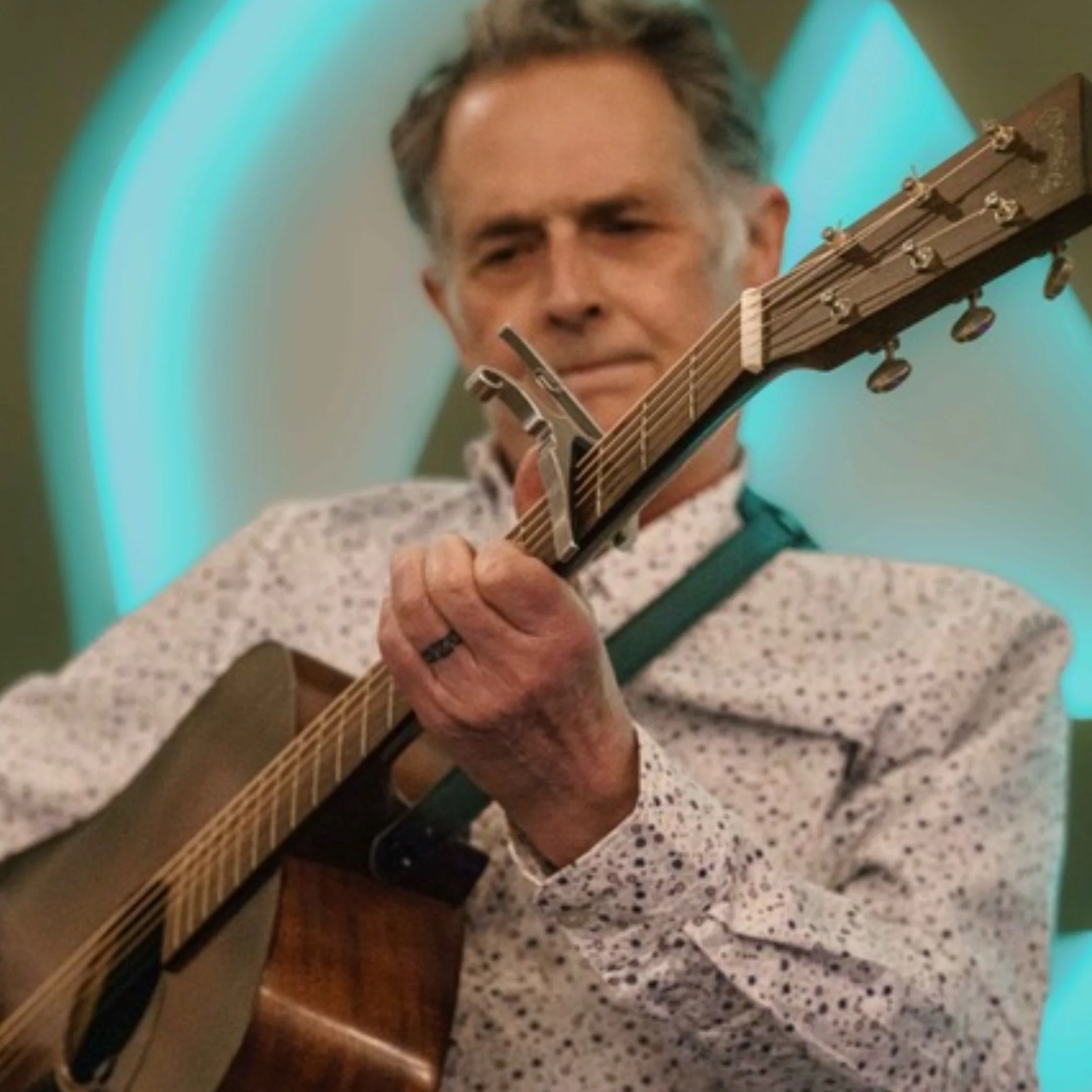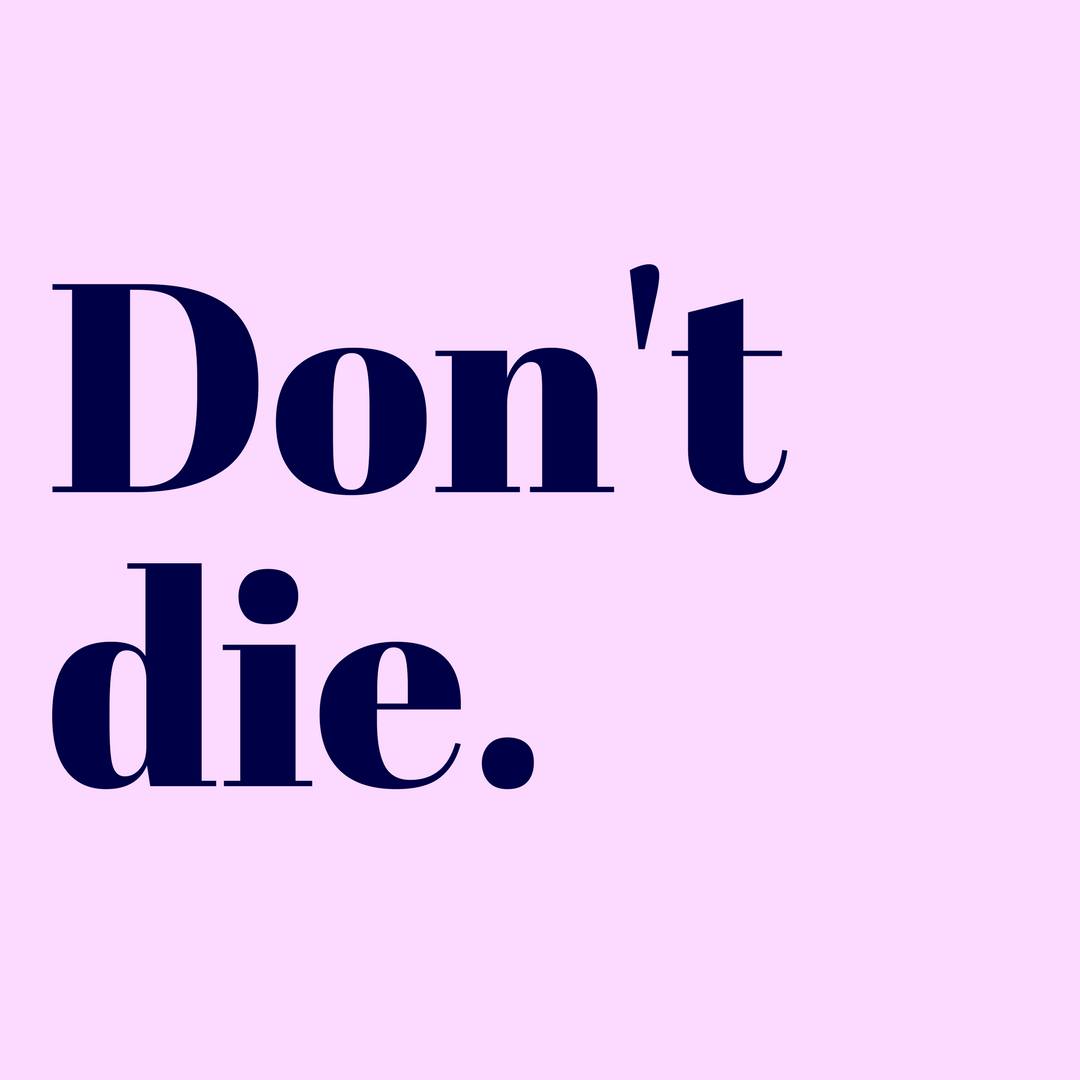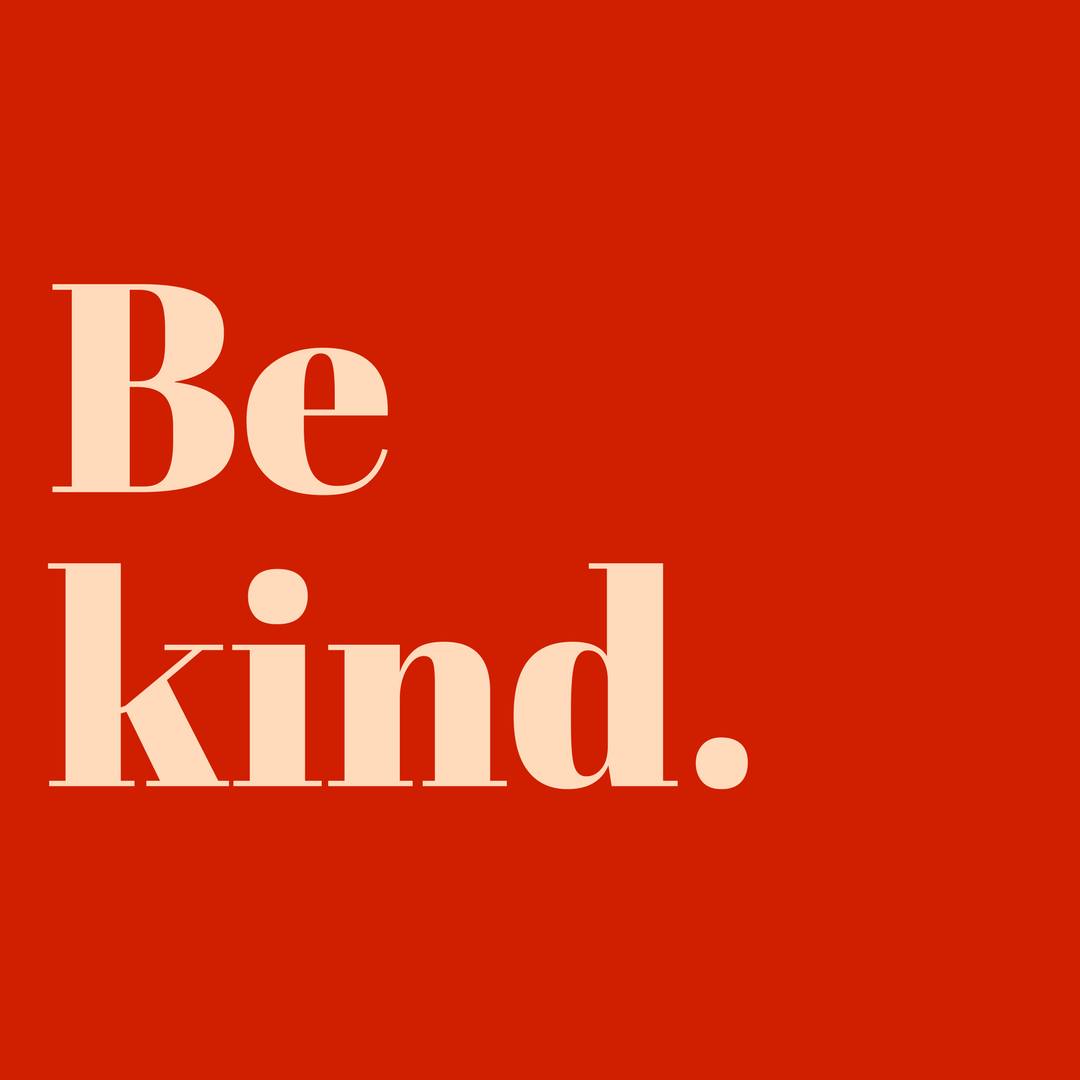By Carl Atiya Swanson
Feb. 7, 2008.
I wrote this for the 10-year anniversary of leaving treatment. It's been just over a decade now since I began moving through life without alcohol or other drugs.
I had been trying to put something down about the work and the process, but mostly I started thinking about people who have made it possible, song lyrics and riffs, and weird quotes and phrases that have run through my head in doing the work.
Don’t die.
Thanks to Stacy, Rosanne, Mark, Karen, Ted, JoAnn, Hannah, Bekah, Kathy and Doug ... for making sure I didn't die. Sadly, others did along the way, and I remember their names: Amanda, Omar, Dan.
“I'm an alcoholic. I don't have one drink. I don't understand people who have one drink. I don't understand people who leave half a glass of wine on the table. I don't understand people who say they've had enough. How can you have enough of feeling like this?”
– Leo McGarry, The West Wing
There’s always work to do. I've had an enormous amount of privilege in my sobriety and recovery, starting with the fact that I got to go to treatment and access the health care I needed. I also come from an educated family and have degrees myself. I have people who loved and continue to love and support me. I have had jobs and homes to go to. I have the ability to choose to leave triggering locations; I haven't depended on being in a bar for work. I have choices about meetings to attend and resources and networks to help me build connections and social capital. To be sober is to be continually humbled and compassionate, to be deeply grateful.
Be kind.
Thanks to Natalie, Colin, Lizzie, Eric, Kristina, Shawna, Brian, Heidi, Karen, Kathleen, Alexandra, Chavis, Chris, Dana, Brandon, Laura, Molly, Andy, Noah, Nikki, Michele, Naomi, Dominic, Daniel, Jun-Li, Peter, Sam, John, Caly, Dennis, Zaraawar, Nancy, Caroline, Adia, Anna, Susan, Ashley, Lindsay, Brian, Jamie, Erica, Danielle, Sarah, Jarell, Cary, Cole, Brandon, Lauren, Pa, Naaima, Josh, Kat, Matt, Ashley, Sarah, David, Ali, Jeremiah and Katy .... for giving me work, trusting and challenging me, and opening up new possibilities.
“But there are hundreds of ways
To get through the days
There are hundreds of ways
Now you just find one.”
– Conor Oberst, Hundreds of Ways
My aunt once asked me what I put my faith in, if not God. I told her I put my faith in people. “Good Luck with that,” she said. But that’s where faith lives for me—in our capacity for wonder and creation, in our curiosity and imagination. I know I wouldn’t have made it through my youth without being an artist, and I wouldn’t be alive now without believing in others, in all of us. That conviction, and the abilities art fostered to hold conflicting ideas, process ambiguity and open myself to collaboration, contradiction and the messy nature of things—that saved me. I wouldn’t be alive without saying yes to people and feeling the joy of what we can do together.
Be easy.
Thanks to Jacob, Amy, Jake, Jayne, Jeremey, Dianne, Alexis, Carly, Laura, Blake, Hannah, Mason, Heidi, Lisa, Russ, Eric, Rachel, Tanner, Emily, Christina, Foster, Nick, Andrea, Ben, Kyle, Molly, Leslie, Jamie, Betz, Erik, Erik, Erik, Ali, Tom, Dom, Mike, Mischa, Stephen, Colin, Alexei, Stephen, Joe, Bobby, Graham, Lindsy, Scott, K. Alex, Gigi, Susannah, Jay, Joey, Pete, Janey, Christian, Johnny, Molly, Jeremy, Chastity, Will, Brian, Sam, Chantal, Sarah, Levi, Seth, Brent, Tim, Bethany and Jenny ... for letting me create, and helping you create, things we enjoy and find meaningful. Thanks for making life interesting.
“Man, sometimes it takes you a long time to sound like yourself.” – Miles Davis
It takes a lifetime to become ourselves, which is what I get to pursue now. It takes the support and connection of others I have found, or who have found me—friends who walk similar paths, who go to meetings, who say the Serenity Prayer, who are making it work because they work it. It takes all the people named here, as well as all the people not named who have shaped the way and lit the path knowingly or unknowingly. I am so grateful for you, your love and what is to come. Be in touch.
What’s next?
Carl Atiya Swanson is a Dissonance Board Member.









